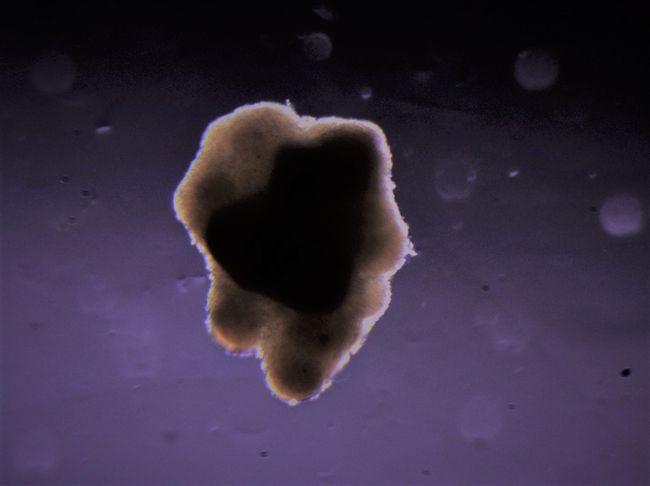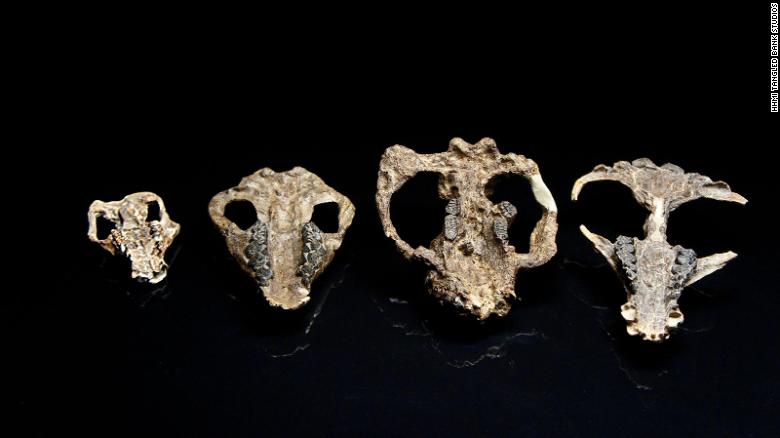That room must have been lovely to see!
Gassho
Sat today, lah
Gassho
Sat today, lah


 Anyway, I thought it’s interesting because it shows that Zazen has some actual physical results on our bodies, and everyone can measure it for himself/herself!
Anyway, I thought it’s interesting because it shows that Zazen has some actual physical results on our bodies, and everyone can measure it for himself/herself!









Comment